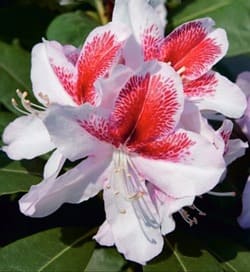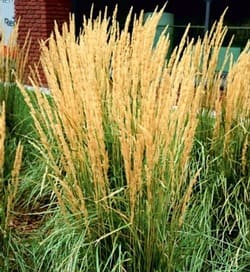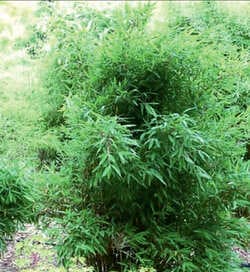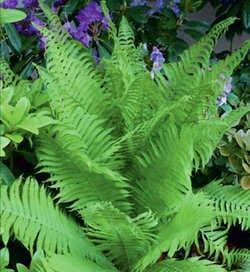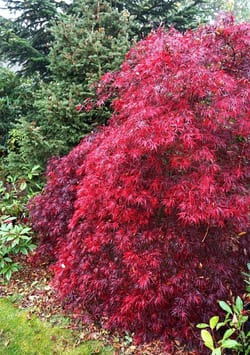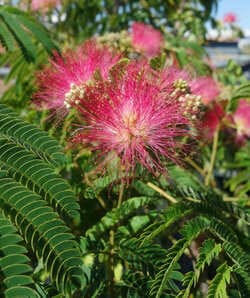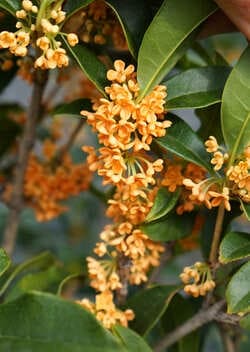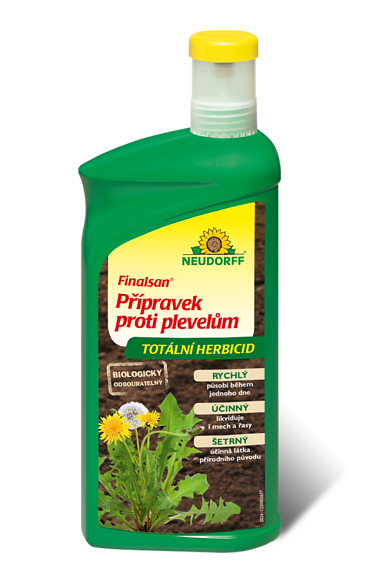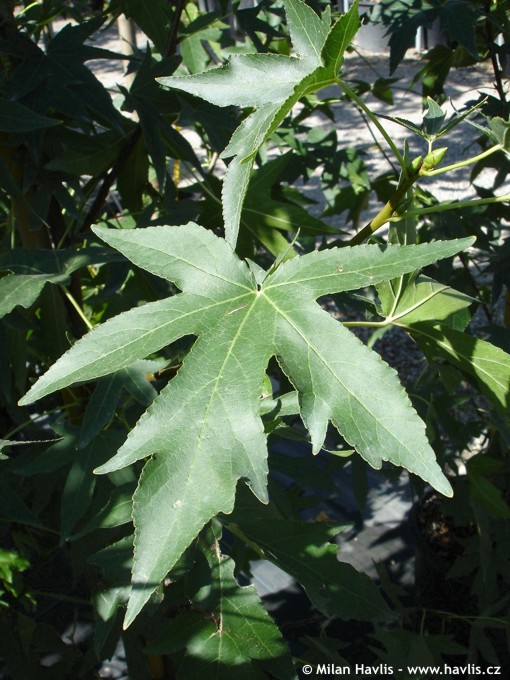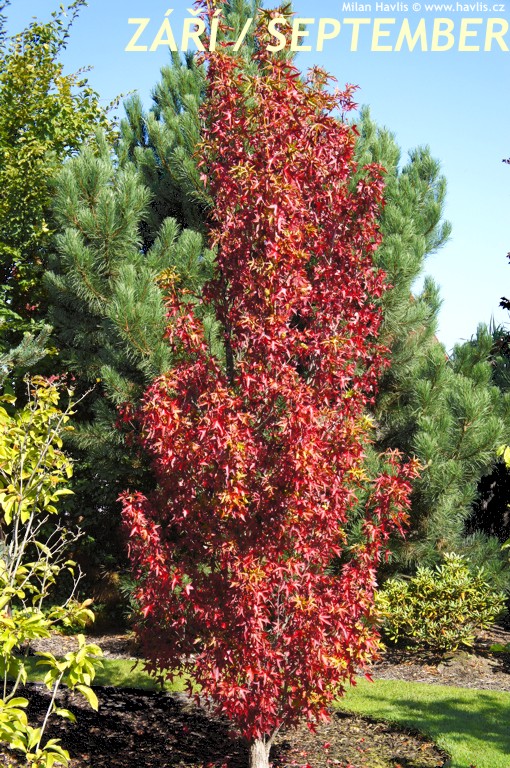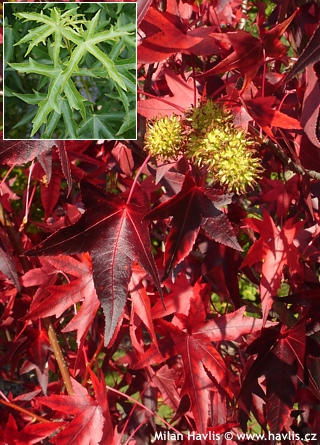Liquidambar styraciflua ('Red Star') 'STARED' sweetgum
Liquidambar
The genus Liquidambar includes approximately 15 species of deciduous trees naturally found in the temperate zones of North America, Central America, and Southeast Asia. The best-known species, the American sweetgum (Liquidambar styraciflua), originates from the southeastern United States, where it forms part of mixed deciduous forests. The genus was formally described by Carl Linnaeus in 1753, but the first European record of sweetgum dates back to 1615, when Spanish physician and naturalist Francisco Hernández documented it during his expedition to New Spain (Virreinato de Nueva España), a vast colonial territory of the Spanish Empire in North and Central America with its capital in Ciudad de México (present-day Mexico City). He described it as a tall tree with aromatic resin resembling liquid amber – hence the genus name liquidambar. Although fossil evidence confirms the presence of sweetgums in Europe as early as the Tertiary period, today they occur here only as introduced ornamental trees.
Sweetgums are often mistaken for maples by laypeople due to their similarly shaped, deeply lobed, palmate leaves, most commonly with five tips. What you definitely won’t confuse, however, is their scent when crushed – thanks to the tree’s signature aromatic resin, which is not only fragrant but also slightly sweet. Indigenous peoples of North America – such as the Cherokee and Choctaw – collected the resin, let it harden, and chewed it as a natural treat. Its somewhat sweet taste is what gave the tree its English name sweetgum. And when it comes to autumn foliage, sweetgums are clear winners, offering a wide range of vivid colours and holding onto their leaves longer than most other deciduous trees. In regions like New England or the Appalachian Mountains, they are among the main attractions of so-called "leaf peeping" – autumn trips to places with plentiful of autumn-coloured trees, now often organized by travel agencies. It’s the American counterpart to Japan’s momijigari tradition – just with hamburgers instead of jasmine rice.
Stared is one of the most recent varieties of sweetgum with leaves cut so deep like a too low neck on a frock of a lady who forgot she was going to attend a charitable ball “Help Africa” and not a teenager party “Miss Bikini – Monokini”. Liquidambar leaves have a unique feature that they hang on the tree in such a delicate way as if on a threat. So when wind comes they flicker like a thousand stars caught up in a trap. Which reminds me of a saying “up a gum tree”, sounds like it fits, doesn’t it? The most amazing show begins at the end of summer or in early autumn (conditions pending) when they gain burgundy red shades, slowly changing to vivid red from top to toe. This colouring lasts for as long as two months. In most areas sweet gums keep their coloured leaves or at least a portion of them until Christmas.
Another nice feature is the fruit. Formed in about 3 cm wide spiny spheres they can be quite attractive to look at and a bit irritating when stepped on barefoot once they have hardened up, if not cleared from pavements or lawns in spring.
Compared to other sweet gum varieties Stared is slower growing, quite slender in statue, very dense and not so big. It can grow about 5-7m tall and upto 2m wide in our climate. It is generally available feathered – branched from the ground. Pruning is not necessary but if you need to do so at the end of winter before the buds burst out.
Sweet gums are soil tolerant but prefer semi-fertile, deep, and well-drained soil that should be slightly acidic to neutral and moist. Once established they can take both temporary flooding and drought. The location should be sunny as it does not tolerate shaded areas. If you buy a plant taller than say 1.5m stake it well for at least 2 years. Plants older than 3 years are fully hardy to -27°C (USDA zone 5).
Last update 22-11-2008












